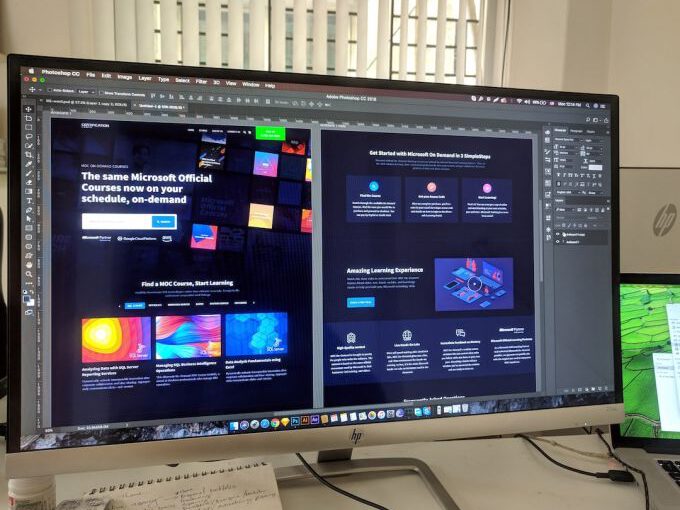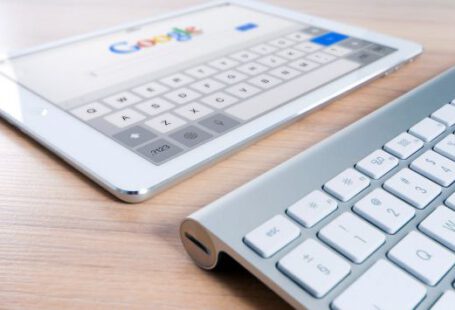In today’s digital age, having a website that is accessible to all users is not just a nice-to-have, but a necessity. As web developers, it is our responsibility to ensure that everyone, regardless of their abilities, can access and use the websites we create. In this article, we will explore the importance of accessible web development and provide some practical tips on how to make your site user-friendly for all.
Understanding Accessibility
Accessibility refers to the design and development of websites in a way that allows people with disabilities to perceive, understand, navigate, and interact with the content. This includes individuals with visual, auditory, physical, and cognitive impairments. By making your website accessible, you are not only complying with legal requirements but also opening up your site to a wider audience.
Creating a Clear and Consistent Layout
One of the key aspects of accessible web development is creating a clear and consistent layout. This means using proper headings, subheadings, and paragraphs to organize your content. Headings should be hierarchical, with the main heading as “Heading 1” and subsequent headings as “Heading 2,” “Heading 3,” and so on. This helps screen readers and other assistive technologies to understand the structure of your content.
Using Descriptive Alt Text for Images
Images play a crucial role in web design, but they can also pose a challenge for individuals with visual impairments. To make your images accessible, it is important to use descriptive alt text. Alt text is a brief description of the image that is displayed when the image cannot be loaded or read by screen readers. By providing accurate and meaningful alt text, you can ensure that everyone can understand the purpose and context of your images.
Implementing Keyboard Navigation
Keyboard navigation is an essential feature for individuals who have difficulty using a mouse or other pointing device. It allows users to navigate through your website using only the keyboard. To make your site keyboard accessible, you need to ensure that all interactive elements, such as buttons and links, can be accessed and activated using the Tab key. Additionally, it is important to provide clear focus indicators so that users can easily identify where they are on the page.
Designing for Color Contrast
Color contrast is a critical aspect of web accessibility, especially for individuals with visual impairments or color blindness. To ensure that your content is readable for everyone, it is important to use sufficient color contrast between the text and background. The Web Content Accessibility Guidelines (WCAG) recommend a minimum contrast ratio of 4.5:1 for normal text and 3:1 for large text. There are various online tools available that can help you check the contrast ratio of your color combinations.
Providing Transcripts and Captions for Multimedia Content
Multimedia content, such as videos and audio files, can be inaccessible to individuals with hearing impairments. To make your multimedia content accessible, it is important to provide transcripts for videos and captions for audio files. Transcripts allow users to read the content of the video, while captions display the spoken words in text format. This ensures that individuals with hearing impairments can fully understand and engage with your multimedia content.
Conclusion: A Web for All
In conclusion, accessible web development is essential for creating a user-friendly site that can be accessed by everyone, regardless of their abilities. By following the tips outlined in this article, you can ensure that your website is inclusive and accessible to all users. Remember, accessibility is not just a legal requirement, but a moral and ethical responsibility as web developers. Let’s strive to create a web that is truly for all.





